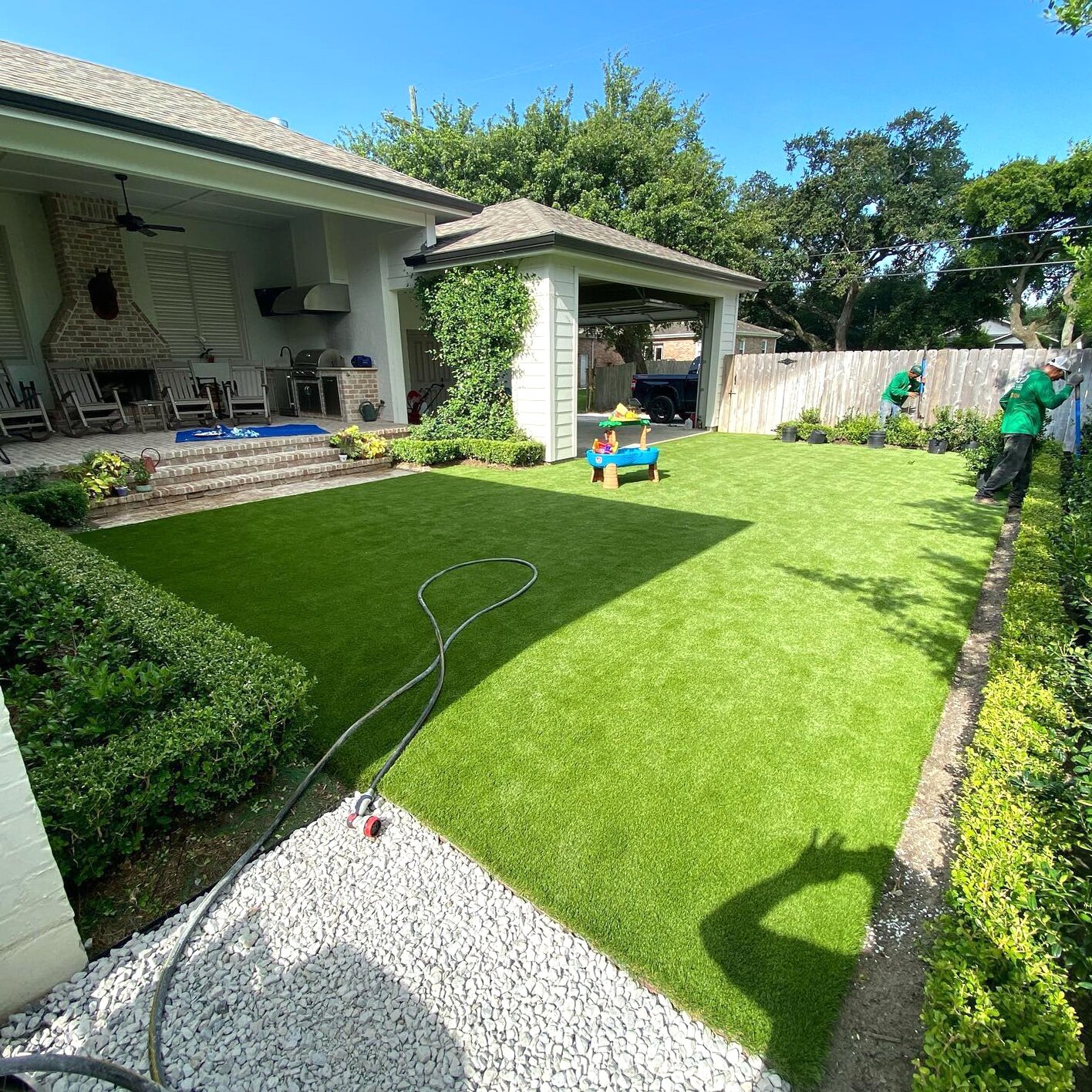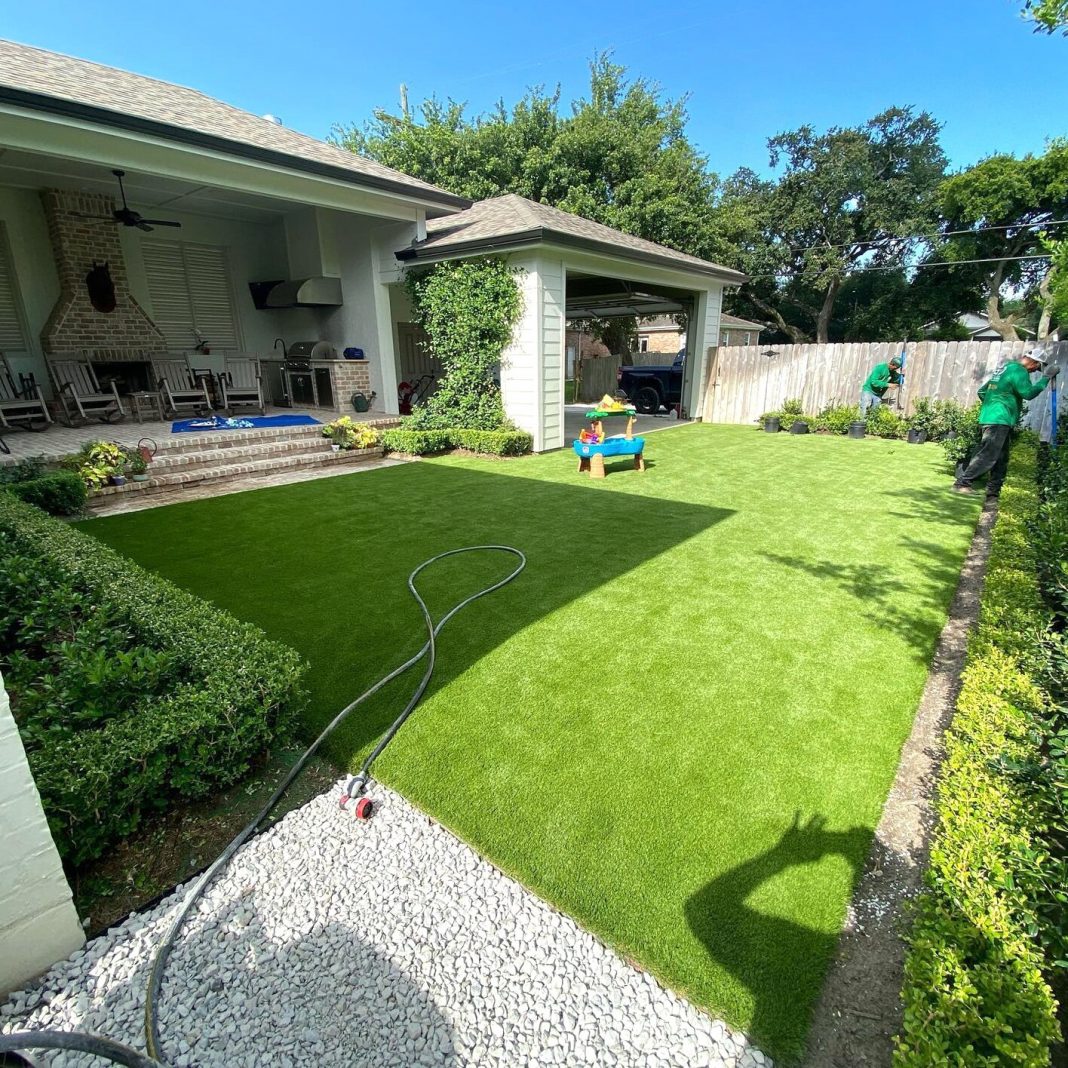Lawns and turf have long been synonymous with the quintessential image of well-manicured landscapes, providing lush carpets of green that enhance the beauty of our surroundings. Beyond their aesthetic appeal, lawns play a multifaceted role in our lives, contributing to environmental health, recreation, and community spaces.

These expanses of carefully cultivated grass are not merely decorative; they serve as a vital component of the urban and suburban ecosystem. Lawns help mitigate the urban heat island effect by providing a cooler surface, reducing ambient temperatures in built-up areas. Moreover, they act as carbon sinks, capturing and storing carbon dioxide from the atmosphere, thus contributing to environmental sustainability.
In addition to their environmental benefits, lawns and turf create spaces for recreation and social interaction. Parks, sports fields, and residential lawns serve as venues for outdoor activities, family picnics, and community events. The soft, inviting texture of well-maintained grass provides a comfortable surface for play and relaxation, fostering a sense of connection with nature.
However, the cultivation of lawns is not without its challenges. Traditional lawn maintenance practices often involve the use of chemical fertilizers and pesticides, raising concerns about water pollution and environmental impact. The quest for the perfect, emerald-green lawn has led to high water consumption in some regions, exacerbating water scarcity issues.
As we navigate the delicate balance between the benefits and challenges posed by lawns and turf, there is a growing movement towards sustainable lawn care practices. This includes the adoption of organic fertilizers, integrated pest management, and water-efficient irrigation systems. Native and drought-resistant grass species are gaining popularity, promoting biodiversity and reducing the demand for excessive water resources.
Moreover, alternative landscaping practices, such as xeriscaping and the incorporation of eco-friendly ground covers, are emerging as viable options. These approaches prioritize water conservation and aim to create visually appealing landscapes that go beyond the traditional monoculture of grass.
In conclusion, lawns and turf contribute significantly to the aesthetic, environmental, and social aspects of our surroundings. While they present challenges in terms of maintenance and environmental impact, the shift towards sustainable practices signals a positive change in how we approach lawn care. As we envision greener futures, the journey towards balanced, eco-conscious landscaping encourages us to reimagine lawns as dynamic, resilient components of our living tapestry.


